Elnaz Javani has located the importance of combining adept craft with art forms and storytelling that date back over a millennium. Though rooted in the past, Javani’s practice addresses a range of contemporary ideas that are highly relevant today. This week The COMP Magazine visited Javani at her studio at Mana Contemporary to discuss her youth in Tehran, Iran, her fascination with archeology and parietal art, the significance of experimentation and process, and how she has translated these passions into her teaching.
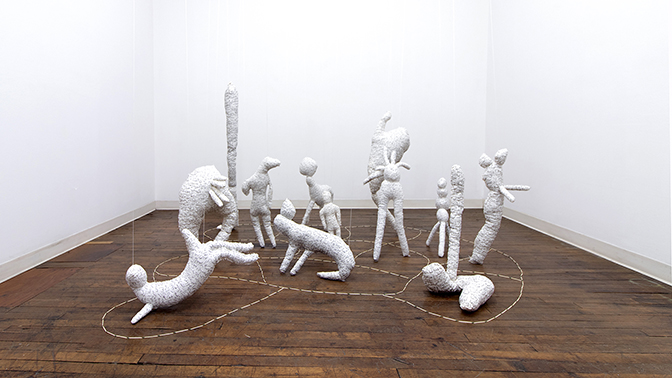
Can we start with your early experiences with art and design in Tehran, Iran? Specifically, do you recall any encounters or people whom you see as prompting your decision to focus upon being a serious creative?
Sure, I Studied painting in my undergraduate and studied graphic design during my High School years. I have always had a passion for art since I was a kid, I dreamed of being an artist. That’s why I didn’t go to a typical high school where at the time it didn’t seem fancy for people to send their kids to an art school instead of math or chemistry, etc., but I was lucky to have a supportive dad who encouraged me to choose my passion. Plus I grew up around a lot of craft and fiber as my father was a tailor. I was always busy making objects, drawings, patterns and other handicrafts using all sorts of cloth and thread, which I believe had a big impact on my life and practice.
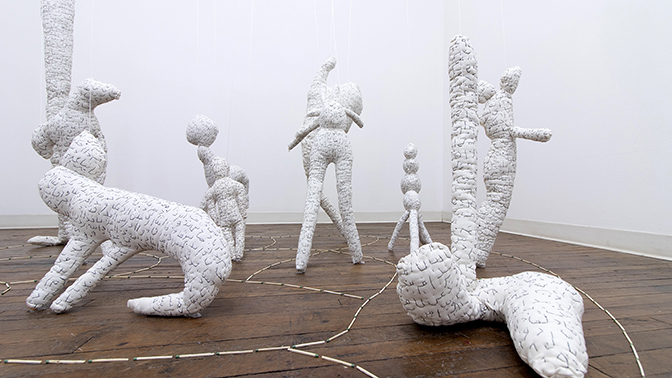
You immigrated to Chicago roughly a decade ago. There are significant differences in visual culture here in the states in contrast to those seen in the Middle East. How has your move impacted your aesthetic practice and research?
The way I practiced and studied art in Iran was totally different, the schools were more about the foundation, observation and mastering the skills then concept or subject matter. Although once you are out of school you can start practicing the research you like but mastering skills always stays on top to be called “an artist”. When I got here, It was shocking for me to see freshmen at school talk about their concepts without knowing anything about technique or history. On the other hand I didn’t have much practice on presenting or talking about my work, which was a big challenge for me to develop a language to present my projects, and that shifted my perspective fundamentally.
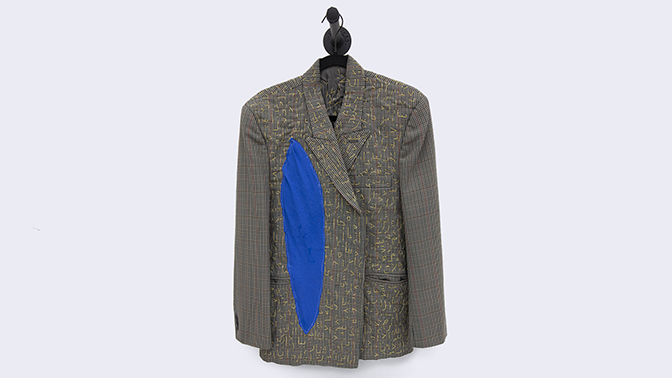
In your series My Effigies 2021 there are two items (language/sound and ancient’s symbolism) seen. The former reflects lyrical aspects while the latter appears visual on a visceral level. It’s felt there are references in this body of work that hold standards frequently seen in cave and shelter paintings dating back to the Ice Age (Upper Paleolithic), roughly between 40,000 and 14,000 years ago. Do you see a universality in application of symbolism here? Can you speak to this series?
I have a deep love and appreciation for archaeology and parietal art. I am fascinated by the raw quality and storytelling aspect of the paintings, crafts and drawings. Before starting the My Effigies series I was trying to create concrete tablets similar to the Upper Paleolithic period by using all kinds of symbols and forms extracted from self visual archaeology, however gradually that shifted back to fabric and the result was these soft objects, combined with different kinds of found materials and embroidered with fragmented words and alphabet on the cover layer. And becoming an installation consisting of all these little creatures standing fragile on the floor with the help of a thread holding them from the ceiling.
Maybe that’s why the original spirit stayed with the work but the material changed.
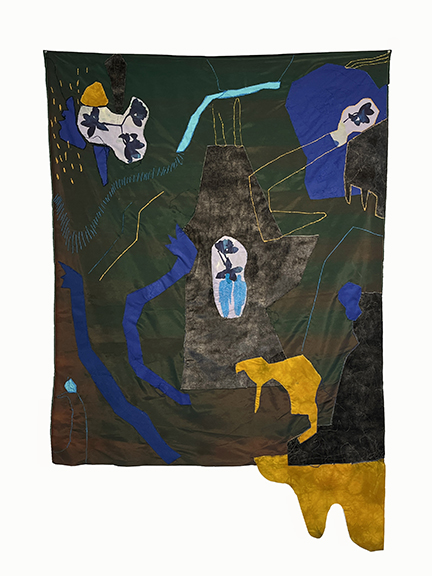
Your primary medium is fiber arts. This has been a medium that has gained a great deal of traction in recent art dialogues. This can be seen in important recent exhibitions, Bisa Butler: Portraits at the Art Institute (2021) and New Textiles at MoMA (2020). What drew you to this medium? Why do you see this as the best format for expressing your current investigations?
As I said earlier, growing up around craft and clothes had a big impact on my practice, as a familiar medium that I understand its language. I enjoy and get fascinated by the delicate yet supple quality of fiber, which gradually found its way to my work around 2010. In my last year of undergraduate I started working with collaging fabrics and playing with texture and stitching, using needle and fabric instead of paint and brush. At the time I didn’t know anything about fiber art, I did what was comforting and vibrating my heart. Besides, I am a tactile person, I’ve always had a compelling urgency to make things with my hands. Touch it, feel it, cut it, layer it, rip it and create it. Slowly I started to learn more about the history, Gender and feminism and fiber movements of the 60s,70s and 80s. Fabric has a significant role in my work from the beginning for its resemblance to the body. Fabric can be molded, lacerated, torn, wrinkled, shaped, and sewn in the way of skin. Thread becomes a way to draw and to fasten; it functions in a pictorial way as well as a structural way. I am always attracted and challenged by the never-ending possibilities of fiber.
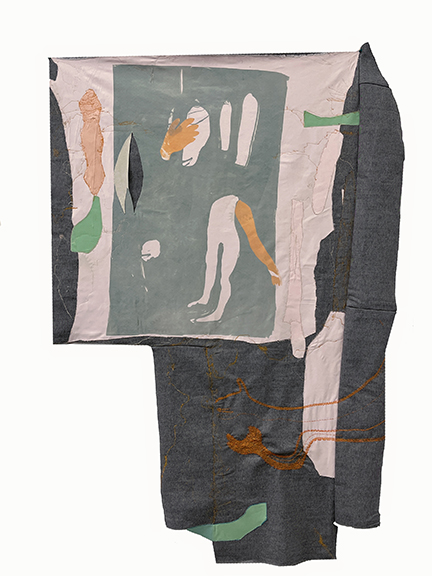
What do you value most in your aesthetic practice?
Process and experimentation. The time, mind and energy put into one work.
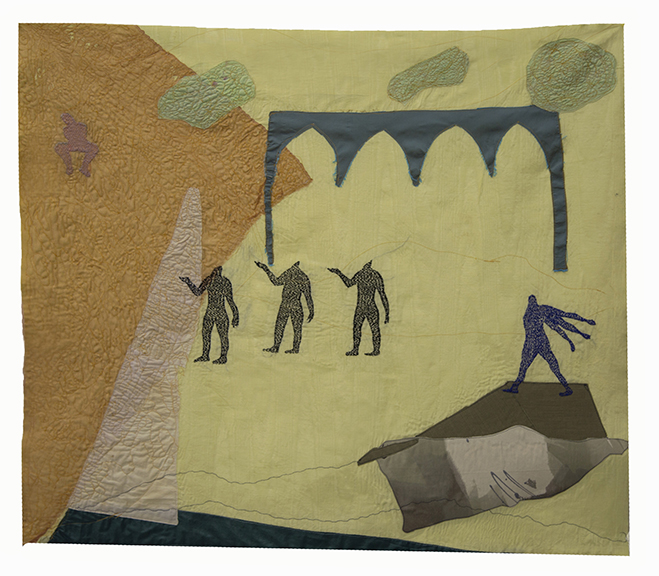
In addition to your professional practice, you teach in the Department of Fiber Arts and Materials Studies at the School of the Art Institute of Chicago (SAIC). Can you share with us any ideas and processes you regularly share with your students?
Yes, there are a lot of topics and techniques we cover. The classes I teach are studio based where the students attain a wide array of skills to create work within a historical, contemporary, and conceptual framework. Such as having a grasp of history and current approaches in fiber and materials studies and expanding specific hand-manipulated processes and textile construction and developing a proficient research in their studio practice. Also, we do readings and discussions around labor, craft, gender and feminism, social and political issues.
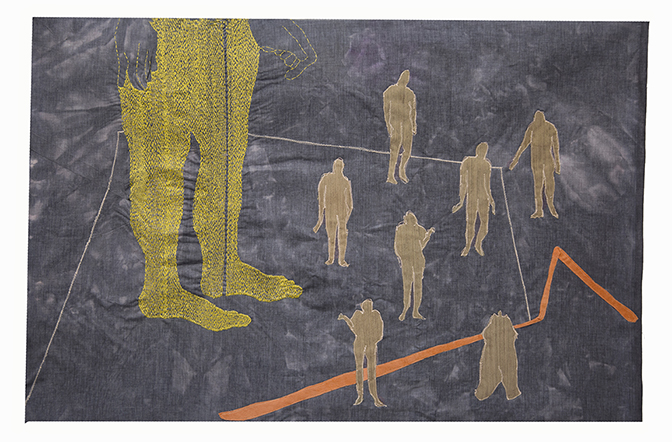
What is the plan for the remainder of 2022? Are you working toward an exhibition or resolving research? Any thoughts on future efforts in 2023?
I am taking a break from the rush and pressure of the art scene and trying to get quiet and be in my studio more frequently for the year. It is important for me to sit and process things and give myself space to focus, experiment, read, research, and create. Hopefully we will see the result in 2023.
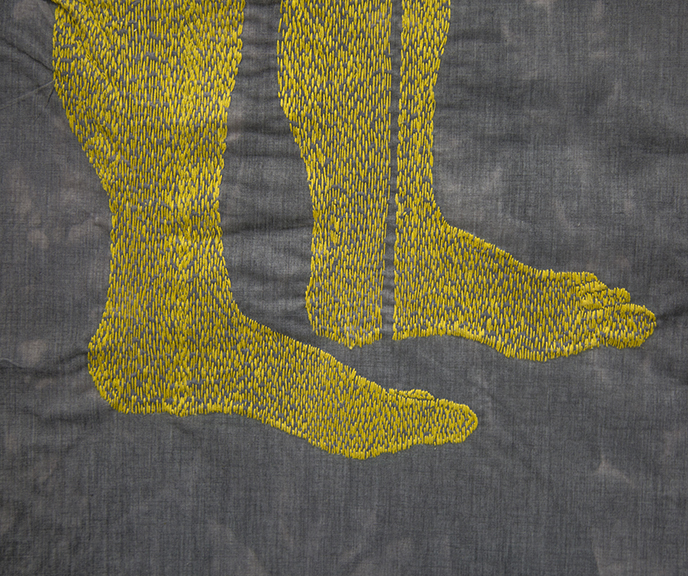
For additional information on the aesthetic practice of Elnaz Javani, please visit:
Elnaz Javani – http://www.elnazjavani.com/
LinkedIn – https://www.linkedin.com/in/elnaz-javani-26998a25
Chicago Artists Coalition – https://chicagoartistscoalition.org/artists/elnaz-javani
De-Construkt – https://www.de-construkt.com/en/elnaz-javani
Hyde Park Art Center – https://www.hydeparkart.org/directory/elnaz_javani/
Roots and Culture – https://www.rootsandculturecac.org/show/azadeh-gholizadeh-elnaz-javani/
Endjavi-Barbé Art Projects – http://www.mojganendjavi.com/artists/javani/index.html
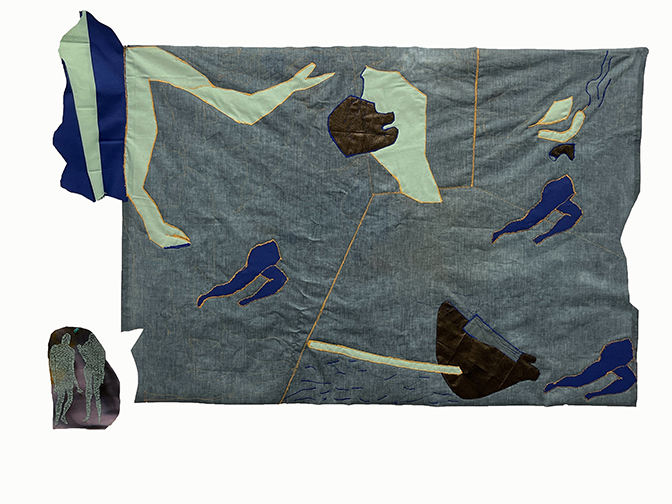
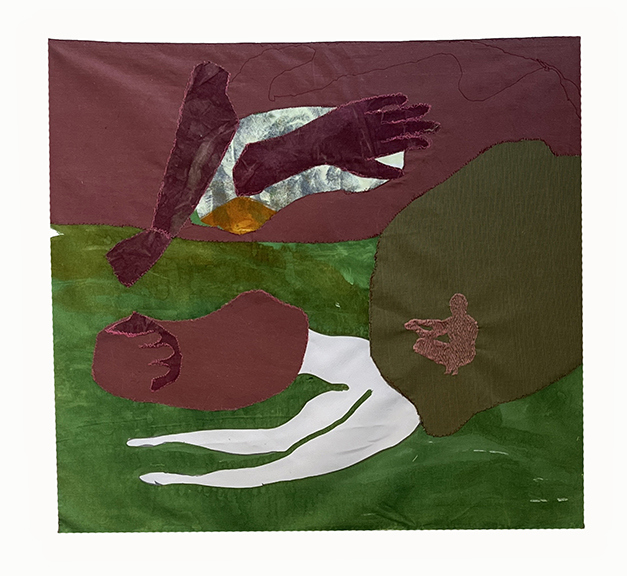
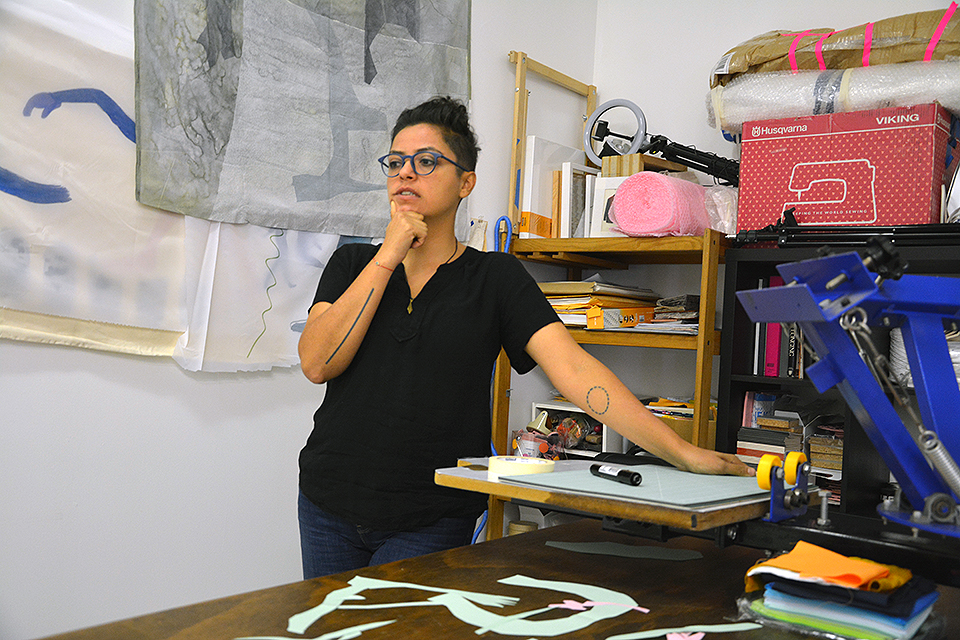
Artist interview and portrait by Chester Alamo-Costello


